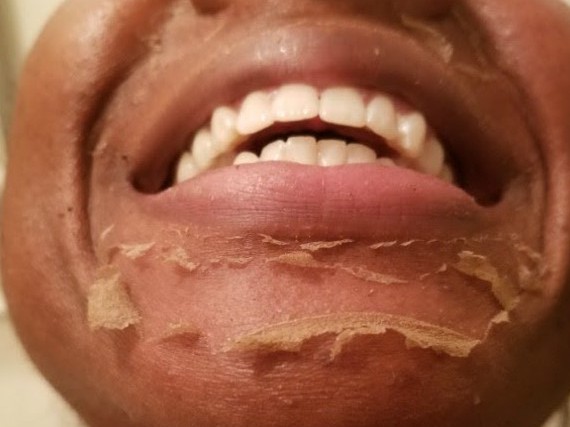Many individuals with darker skin tones are cautious about chemical peels because of concerns regarding irritation, redness, or post-inflammatory hyperpigmentation. Glycolic Acid Peel in Dubai has become increasingly popular for all skin types, including darker tones, due to its gentle exfoliating properties and proven safety when applied correctly. Understanding how this peel works and what precautions to take is essential for achieving safe and effective results.
Understanding Darker Skin Tones
Darker skin has more melanin, which provides natural protection from sun damage but also makes it more prone to pigmentation issues after irritation or trauma. This means that certain chemical treatments can trigger dark spots if not performed properly. Choosing the right peel, concentration, and post-care routine is key to minimizing risks.
How Glycolic Acid Peel Works on Darker Skin
Glycolic acid is an alpha-hydroxy acid (AHA) that works by gently exfoliating the top layer of skin and promoting cell turnover. This process removes dead skin cells and stimulates new skin growth without causing significant trauma.
- Reduces surface pigmentation gradually
- Smooths skin texture for a more even tone
- Encourages collagen production for healthier skin
- Minimizes the risk of post-peel irritation when done professionally
When performed with appropriate concentrations, glycolic acid peels are safe for darker skin tones and can improve both texture and brightness.
Benefits for Darker Skin Tones
Beyond pigmentation management, glycolic acid peels provide several advantages:
- Lightens post-inflammatory marks from acne
- Reduces minor scars and uneven skin texture
- Enhances the absorption of skin-brightening products
- Maintains healthy, youthful skin appearance
These benefits make glycolic acid peels a versatile treatment for anyone seeking skin rejuvenation, regardless of skin color.
Ideal Concentration for Darker Skin
For darker skin tones, lower concentrations (10–20%) are often recommended initially. This reduces the risk of irritation or uneven pigmentation. The peel can be gradually strengthened in future sessions as the skin becomes more tolerant. Always perform a patch test before full-face application to ensure safety.
Treatment Process
A typical glycolic acid peel treatment involves:
- Cleansing the skin to remove oils and impurities
- Applying the glycolic acid solution evenly on the face
- Allowing it to work for a few minutes depending on skin tolerance
- Neutralizing the acid and applying soothing and hydrating products
Professional supervision ensures that the peel is both safe and effective for darker skin tones.
Post-Peel Care
Proper post-peel care is essential to avoid complications:
- Apply gentle moisturizers to maintain hydration
- Avoid direct sun exposure and use broad-spectrum sunscreen
- Do not use harsh exfoliants for several days
- Avoid picking or scratching peeling skin
Following these steps ensures maximum benefit and reduces the risk of post-inflammatory hyperpigmentation.
Glycolic Acid Peel Dubai
Residents of Dubai with darker skin tones can safely enjoy the benefits of Glycolic Acid Peel Dubai. When performed correctly, it helps improve skin tone, reduce pigmentation, and promote smoother, healthier skin without the complications often associated with deeper or harsher peels.
Conclusion
Glycolic acid peels are generally safe and effective for darker skin tones when applied with care and proper concentration. They provide gentle exfoliation, improve skin texture, and reduce minor pigmentation issues while minimizing the risk of irritation. For those in Dubai seeking skin rejuvenation, Glycolic Acid Peel offers a reliable and professional solution for achieving radiant, even-toned skin.






Comments